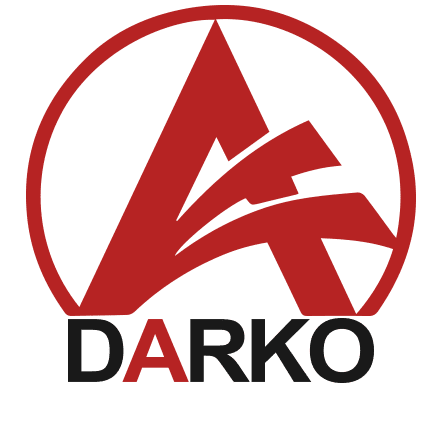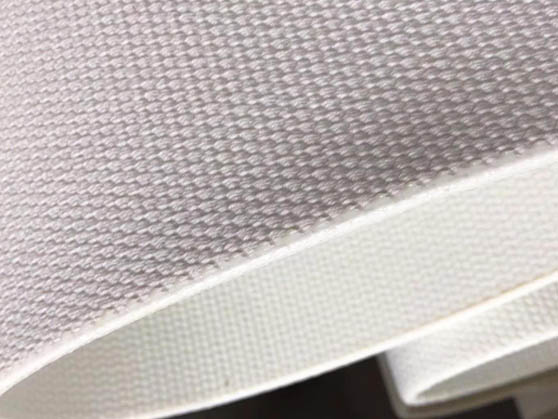Synthetic fiber air slide fabric is a critical component used in pneumatic conveying systems (such as dense/dilute phase conveying, fluidized beds, etc.). It is typically installed at the bottom of sending tanks, air slides, or fluidized beds to evenly distribute airflow, fluidize powdered or granular materials, and ensure stable conveying.
1. Core Functions
Uniform Air Distribution: Ensures even penetration of compressed air through its microporous structure, preventing localized airflow blockages or excessive pressure.
Material Fluidization: Promotes thorough mixing of materials with air, creating a “fluid-like” state to reduce frictional resistance.
Anti-Clogging: Prevents fine particles from entering the fabric pores, maintaining long-term air permeability.
Abrasion & Pressure Resistance: Withstands material weight and air pressure to avoid damage.
2. Material & Structure
Property | Description |
Base Material | Synthetic fibers such as polyester (PET), polypropylene (PP), nylon (PA), sometimes with PTFE coating for high-end models. |
Weaving Process | Multi-layer structure (dense surface + supportive base) or needle-punched non-woven fabric to balance permeability and strength. |
Pore Size | Typically 10–100 microns, selected based on particle size (finer powders require smaller pores). |
Temperature Resistance | Standard: -30°C to 120°C; high-temperature versions (e.g., fiberglass + PTFE) can withstand up to 200°C+. |
3. Key Applications
Dense/Dilute Phase Pneumatic Conveying: Installed at the bottom of sending tanks to fluidize materials before entering pipelines.
Cement Industry: Fluidizing discharge chutes for raw meal or cement silos.
Chemical/Food Industries: Powder silos, fluidized bed dryers.
Power/Metallurgy Industries: Pneumatic conveying of fly ash or mineral powders.
4. Selection Guidelines
Air Permeability (L/m²·s)
Must match the air compressor’s airflow rate—too high increases energy consumption, too low causes uneven fluidization.
Abrasion Resistance
High-wear environments (e.g., cement) require reinforced surfaces (e.g., PTFE coating).
Chemical Resistance
Acidic/alkaline materials demand corrosion-resistant fibers (e.g., PP or PTFE).
Installation Method
Must be sealed tightly to chutes or tanks (commonly clamped with flanges or bolted strips).
5. Common Issues & Solutions
Issue | Cause | Solution |
Reduced Permeability | Dust clogging or fabric aging | Regular reverse air cleaning or switching to anti-clogging models (e.g., PTFE membrane). |
Localized Damage | Material impact or improper installation | Use multi-layer reinforced fabric with edge protection. |
Uneven Airflow | Inconsistent pore distribution or excessive pressure drop | Optimize compressor settings or use uniformly woven fabric. |
6. Maintenance & Lifespan
Cleaning: Regularly use compressed air backflushing or low-pressure water rinsing (avoid high-pressure jets).
Replacement Cycle: Generally 1–3 years, depending on material abrasiveness and operating conditions.
Spare Parts Recommendation: Keep spare fabric from the same batch to ensure consistent permeability after replacement.
Conclusion
Synthetic fiber air slide fabric is the “invisible core” of pneumatic conveying systems, directly impacting fluidization efficiency and energy consumption. Selection must consider material properties, airflow parameters, and environmental resistance, with regular maintenance to extend service life. In high-wear industries like cement and chemicals, PTFE-coated or composite materials are preferred.


